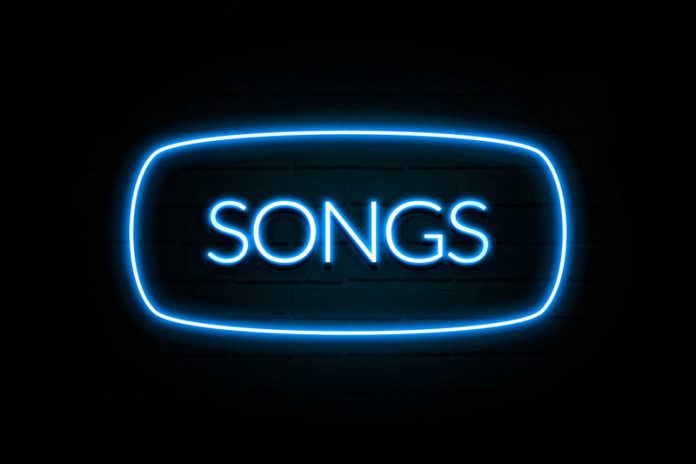Do you want to know How to Use Object Writing to Compose Better Lyrics? If your answer is yes then this blog provides you all information regarding this.
Songwriters and lyricists who are experiencing writer’s block can benefit from creative writing exercises since they allow them to let their imaginations run wild and put words on the page. One way to jumpstart the creative process for producing a new song is to experiment with object writing.
What does “Object Writing” actually imply?
A work of writing that represents objects using not only the five physical senses—sight, hearing, smell, touch, and taste—but also the organic and kinesthetic senses. A type of descriptive writing is object writing. It’s a technique used by certain composers, especially when recalling sensory memories.
Pat Pattison, a professor of songwriting at Berklee College of Music, is acknowledged as a pioneer in the subject of object writing in his landmark work Writing Better Lyrics, published in 1995. Pattison uses sense-bound writing, which is writing that expresses an opinion by describing objects, to encourage his students to come up with new song ideas. If you look attentively at the lyrics of some of your favorite songs by well-known musicians, you’ll discover that some of them use the object writing technique to craft their lyrics.
A Guide to Using Object Writing to Write Lyrics
Use the object writing technique to write song lyrics by describing the items in your environment using the seven senses. Your senses are as follows:
1. Sight: Consider how something appears and what kinds of figurative language you may employ to describe it.
2. Sound: Because music is an art form that is expressed through sound, focusing on aural components of the composition is crucial.
3. Smell: Smells are often associated with nostalgic feelings or memories of specific places. As part of an object-centered writing exercise, try describing how things smell.
4. Taste: Much like scent, the way something tastes is imprinted on our memories for a long time. Songwriters with a lot of imagination may opt to use taste terminology to figuratively represent the subject of a song.
5. Touch: Including song lyrics that describe various textures and temperatures can add a tactile layer to your composing.
6. Organic perception The organic sense is a sense of awareness of the inner workings of the body, such as cardiac rhythm, breathing patterns, and muscle tension. These sensations could be positive, negative, or neutral.
The kinesthetic sense is the seventh and last type of sensation, and it refers to a sense of being connected to one’s surroundings. It has to do with the body’s position in space and its orientation within that space.
9 Object-Related Writing Prompts
Try describing the following items using at least two of your physical senses (sight, hearing, smell, taste, and touch) and at least one additional sense to acquire a feel for object writing (organic sense or kinesthetic sense). Give each item ten minutes of your undivided attention. You have the option of writing in entire sentences or in the fragmentary manner used in poetry and music lyrics.
1. A loaf of bread in the cooling process
2. a windowpane with shattered glass
3. A bank vault that is locked.
4. A barren street in the heart of the city
5. A fast-moving car speeding down the highway.
6. The sound of waves crashing on the beach
7. A porcelain fountain with water
A vintage guitar amplifier is number eight.
9. One solitary ice cube
If you like this type of blog, then you must visit our Blogking.





Greetings! I’ve been following your weblog for a while now
and finally got the courage to go ahead and give you a shout out from
Lubbock Texas! Just wanted to tell you keep up the good job!